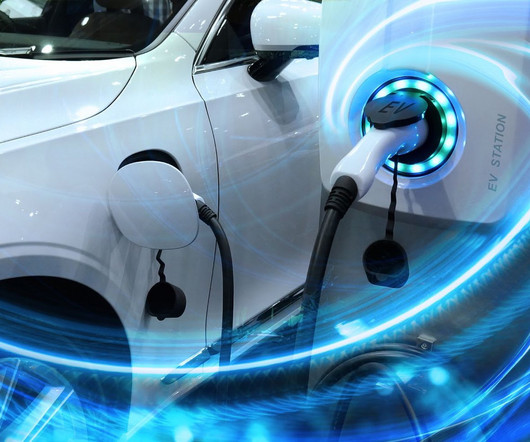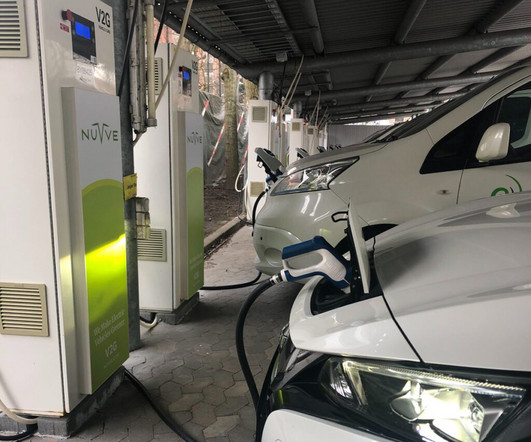What Is Bidirectional Charging? Understanding the Benefits for Both Drivers and Businesses
EV Connect
JANUARY 9, 2023
Electric vehicle (EV) technology is advancing quickly. With each passing year, the potential of a road free of gas-guzzling cars looks more realistic. Batteries get more powerful , charging grows more efficient, and the path to an all-EV future becomes increasingly clear. The path doesn’t end there, however.















Let's personalize your content